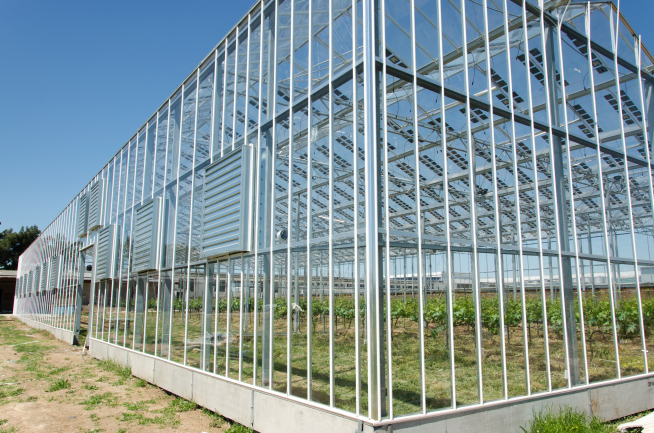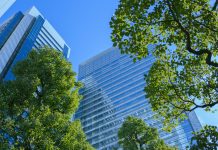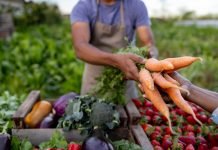Brite Hellas S.A, discusses the “Green Deal” Greenhouse, A Promise for Sustainable Food Supply starting with problems and needs
The world population is estimated to reach 9.7 billion by 2050, according to forecasts from the United Nations. This will make the sustainable management of food, energy and water more critical than ever. To maintain current levels of nutrition with this population increase, the Food and Agriculture Organisation of the United Nations (FAO), suggests that world food production must increase between 70% — 100% by 2050. The FAO estimates that nearly all (90%) of this increase in food production must result from intensified cultivation.
In particular, irrigated production must increase by 65% over the next 30 years while using only 14% more water. It is evident that a shift to more sustainable and effective methods of food production is imperative to overcome the challenges associated with the increasing population while maintaining a sustainable food supply. Based on these facts, greenhouse farming can be a solution for these increasing food demands, due to: (I) its potential for high productivity with reduced water (up to 10 times less) and agrochemicals use per unit of production, (ii) its production capacity is up to 10 times higher than open field-based agriculture per hectare (HA) and (iii) its high potential for the recycling of water and nutrients.
Agriculture accounts for 14% of the world’s energy consumption and 70% of the water usage. Although greenhouse farming can significantly reduce the water usage per ton of produced crops, it requires 10X more energy consumption compared to traditional farming. This causes greenhouses to spend 25% – 28% of their operating costs on energy and the covering glass or plastic is their weakest part in energy losses. In a world demanding a 70% increase in food production, the FAO High Level Expert Forum has already pointed out the need for new technologies to reduce the derived environmental impact and energy requirements, including sustainable greenhouse farming solutions.
The solution for a sustainable food supply
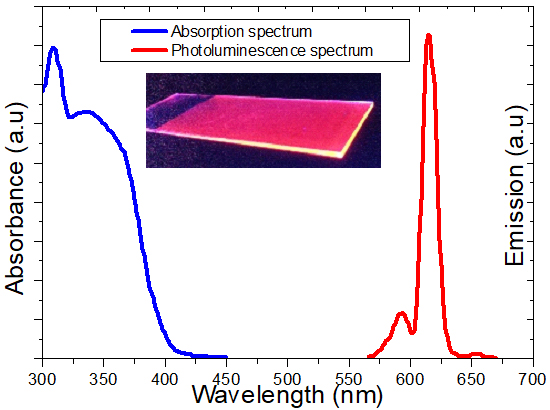
PanePowerSW is an innovative solar glass technology, developed by Brite that utilises a combination of spectrum shifting nanomaterials with monocrystalline silicon solar cells. Contrary to other PV solutions, PanePowerSW is an over 80% transparent solar glass that generates clean energy, reduces energy costs, and, more importantly allows the light to pass through it without affecting photosynthesis, making it ideal for greenhouse applications.
This high level of transparency is achieved thanks to a unique combination of Brite-developed nanomaterial coating that concentrates the visible light in the region of photosynthesis by selective UV utilisation, which is finally useful for both plants and solar cells. In particular, UV light is successfully absorbed by the coating and is then emitted in the red region of visible light. This allows a more efficient sensitisation of solar cells and more concentrated light in Photosynthetically Active Radiaton (PAR) for the plants.
Through testing, we have validated that our glass is uniformly transparent within the entire visible light spectrum (Figure 2), and as such can allow a cost-efficient cultivation of even the most demanding type of crop. The UV shifting feature of our product seeks to solve a main challenge of the PV industry from both scientific and economic viewpoints – harvesting effectively all wavelengths of light available to the solar spectrum. An effective harvesting of all wavelengths of the solar spectrum increases the PV’s efficiency.
By testing our technology in-field we have validated that by using PanePowerSW in greenhouses, the energy operating costs can be drastically reduced. The energy cost reduction (up to 80%) results from the operator’s income from electricity sales to the grid and it’s greater in countries with higher solar radiation. The income from electricity sales compensates for the energy costs (heating, ventilation, lighting, etc.) attributed to the greenhouse operation.
Manufacturing solar technology
Our manufacturing process is based on ink-jet printing of nanomaterials trough special inks, which implies a low-cost and simple manufacturing set up for mass production. The nanomaterials are applied on the solar glass in a uniform way that covers the whole surface, prior to their solar cell installation. This panel architecture is a global first for such types of products. In addition, the manufacturing technology can be easily installed on existing manufacturing lines making our proposition highly scalable. The end-product is a low thickness (4 mm maximum) glass and doesn’t require an aluminium frame, which allows for easy installation on almost any type of existing or new greenhouse. Our solar glass design includes two junction boxes for the interconnection of the glass on the greenhouse, in order to form a PV system and be connected to the electrical grid.
This feature eases the interconnection of one piece of glass to its neighbouring pieces with short cables that are not shading the plants. All materials used for manufacturing our solar glass, are environmentally-friendly and fully recyclable, which increases our value proposition. Our product configuration today, its linear light transmittivity over the visible spectrum (400-800 nm) and its mechanical characteristics are shown in figure 2. Figure 3 shows an actual greenhouse installation using our glass over a vineyard in Greece.

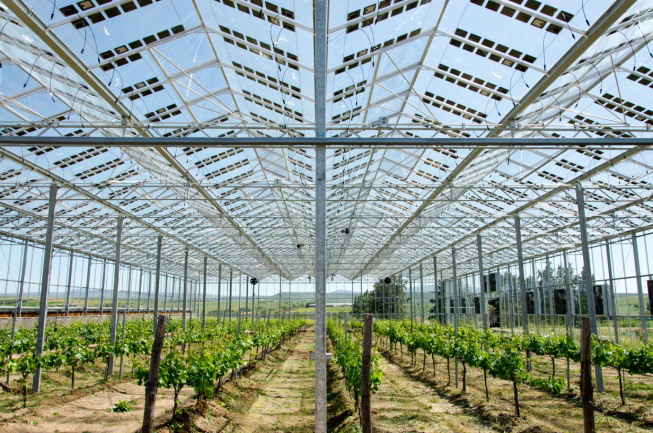
*Please note: This is a commercial profile

